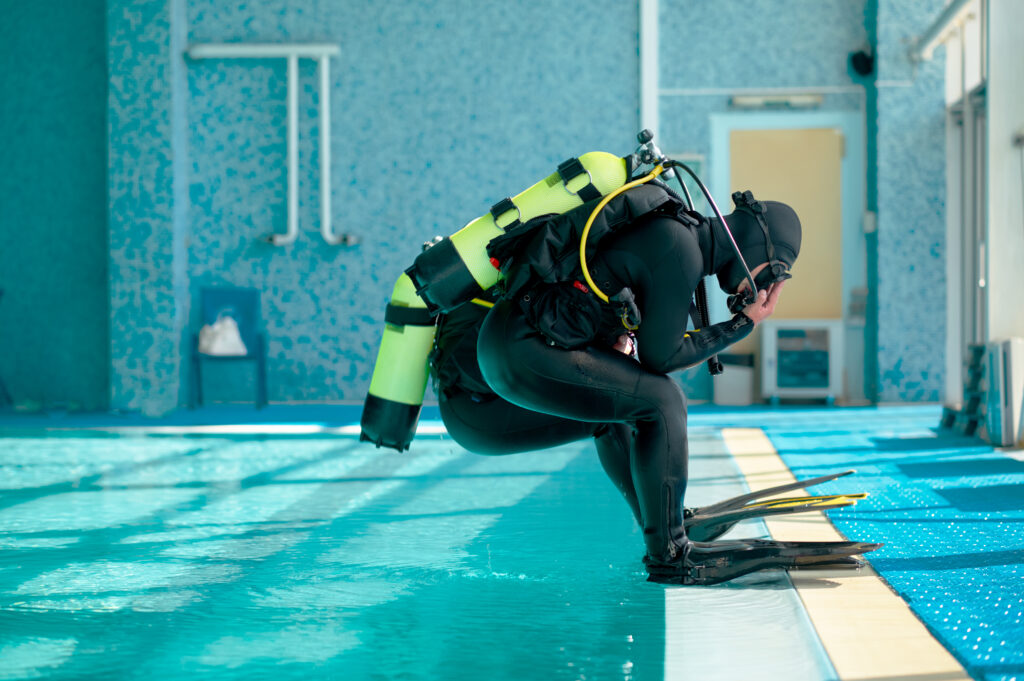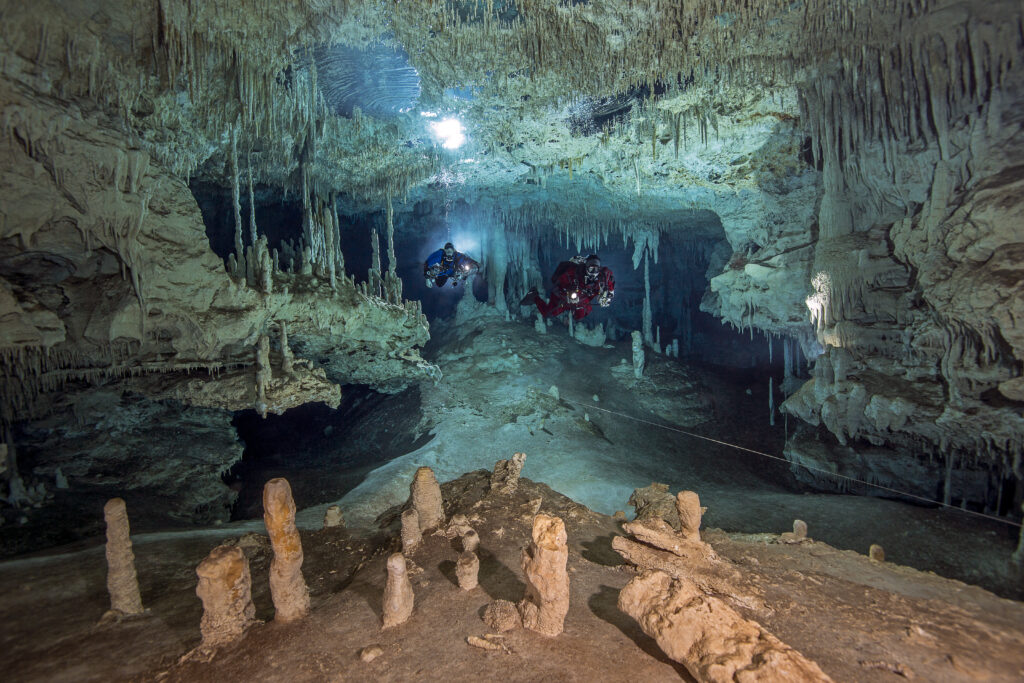What are Booties?

Booties are a critical component of scuba diving equipment designed to protect and insulate a diver’s feet in various underwater environments. They are typically used in conjunction with open-heel fins, offering both comfort and safety during dives. Their importance lies in shielding the feet from cold water temperatures and potential hazards like sharp rocks or debris that divers often encounter, especially during shore or wreck diving. This entry explores the construction, functionality, and selection of booties, alongside essential maintenance tips to ensure long-lasting performance.
What is Apnea?

What is Apnea? Apnea, a term derived from the Greek word “apnoia,” meaning “want of breath,” is commonly defined as a temporary suspension of breathing. Initially used in medical contexts, apnea has evolved to become synonymous with freediving, a form of underwater diving that requires divers to hold their breath while exploring the depths of […]
What is Snorkeling?

What is Snorkeling? Snorkeling is a popular recreational activity that allows people to explore the shallow waters of oceans, seas, and lakes while swimming at the surface. It offers an accessible and cost-effective way for individuals to engage with the underwater world, observe marine life, and appreciate the beauty of aquatic ecosystems. By using a […]
What is a Giant Stride Entry?

What is a Giant Stride Entry? The giant stride entry is the most common and efficient method for scuba divers to enter the water, particularly from a boat or a platform. This technique allows divers to maintain control over their equipment and body position while minimizing the risk of injury. The giant stride entry is […]
What is a Backward Roll Entry when Scuba Diving?

The backward roll entry is a popular technique used by scuba divers to enter the water from a sitting position on the side of a boat. This method allows for a controlled and smooth entry into the water, minimizing the risk of damaging or dislodging equipment. This article will discuss the importance, technique, safety considerations, and alternatives to the backward roll entry.
What is Shore Diving?

Shore diving, often referred to as beach diving, is a type of scuba diving where divers enter the water directly from a beach, rocky shore, or shoreline rather than from a boat. This method of diving is popular for its accessibility and the freedom it offers divers to explore underwater environments at their own pace. Unlike boat diving, which requires specialized equipment, crew, and often significant planning, shore diving allows divers to engage with underwater ecosystems with fewer logistical hurdles. By walking directly into the water, divers can quickly immerse themselves in the marine world, making it an attractive option for both beginners and experienced divers.
What is Cave Diving?

What is Cave Diving? Cave diving, a specialized form of scuba diving, involves exploring underwater environments that have overhead obstructions or enclosures such as caves, abandoned mines, quarries, natural springs, and sinkholes. Unlike open water diving, cave diving presents unique challenges due to the overhead environment, which prevents a direct vertical ascent to the surface. […]
What does the acronym SCUBA stand for?

Scuba diving is an underwater sport and recreational activity that enables individuals to explore and observe aquatic environments and their inhabitants while using what is known as a self-contained underwater breathing apparatus (SCUBA).
